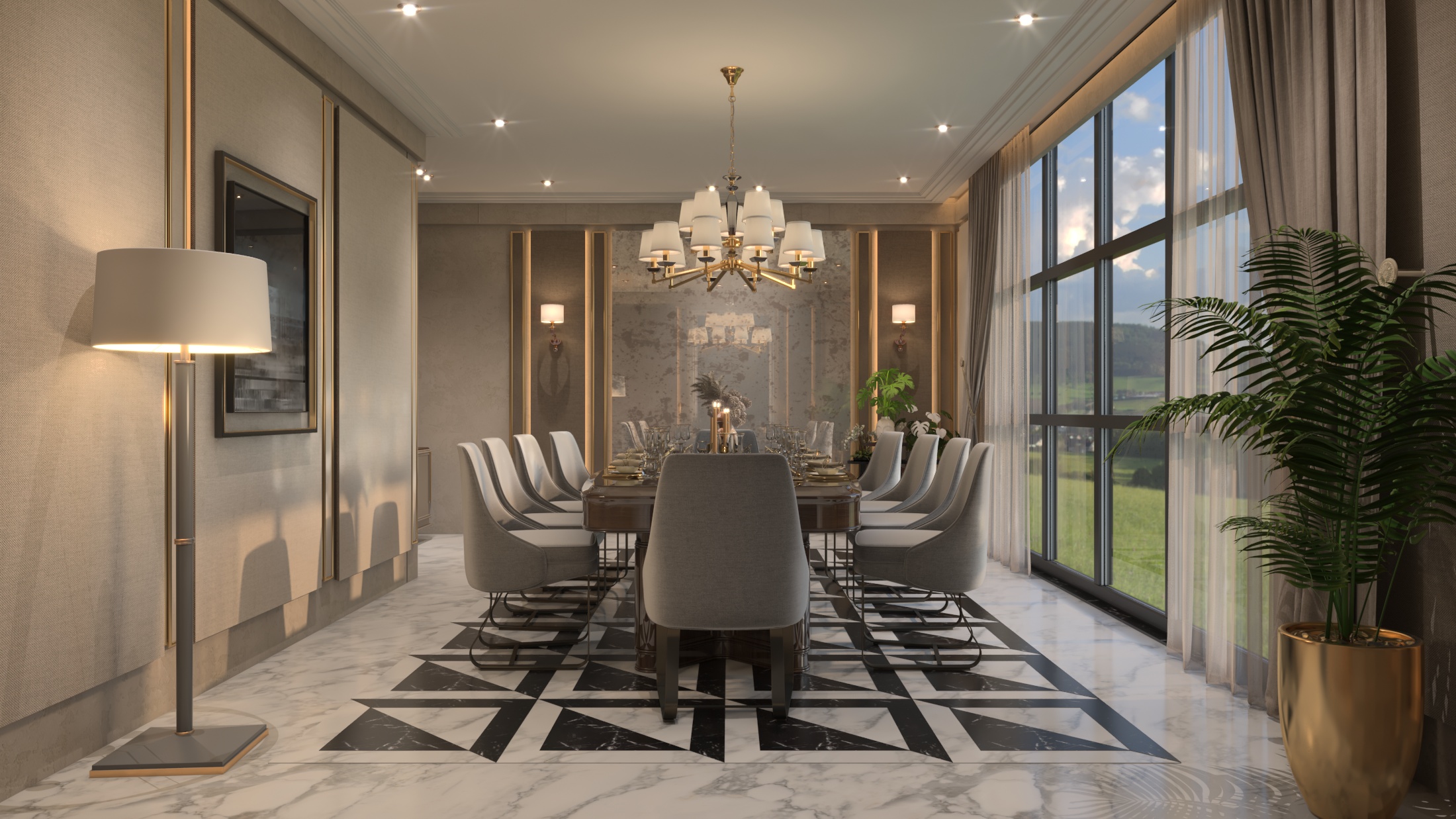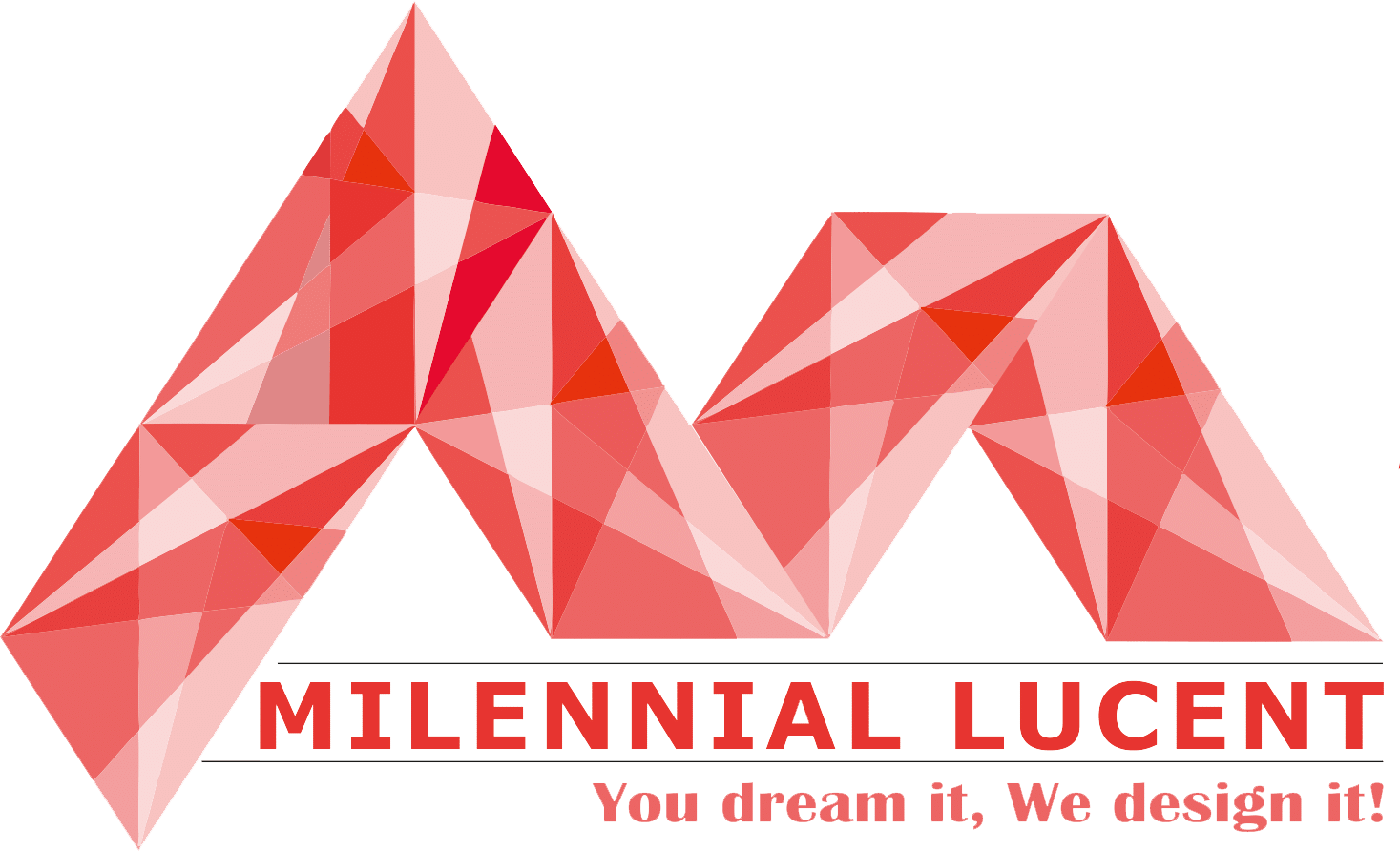
Interior design styles are constantly evolving, influenced by cultural trends, technological advancements, and individual preferences. Each style has its own unique characteristics, color palettes, materials, and furnishings that define the overall look and feel of a space. Understanding these styles can help you create cohesive and aesthetically pleasing interiors. Here’s a comprehensive guide to some of the most popular interior design styles for 2024. Visit Now
Interior Design styles

Interior design styles refer to the distinct approaches and aesthetics used to decorate and furnish interiors, each characterized by its unique features, color schemes, materials, and furnishings. These styles define the overall look and ambiance of a space, ensuring a cohesive and pleasing environment. The design trends are influenced by cultural shifts, technological advancements, and personal preferences, leading to a diverse array of styles.
Understanding these styles is crucial for creating interiors that not only reflect individual tastes but also meet functional needs, making a space both beautiful and practical.
Most Popular Interior Design Style

Modern Minimalism-
Modern minimalism is a design and architectural style that emphasizes simplicity, clean lines, and a monochromatic palette. It involves stripping down the design to its essential elements, removing unnecessary decorations and details to focus on functionality and form. Spaces are typically open and airy, with large windows that allow natural light to flood in, creating a seamless connection between indoor and outdoor environments.
Furniture in minimalistic spaces is often highly functional and multi-purpose, contributing to a clutter-free environment. The color scheme is usually neutral, with whites, blacks, grays, and earth tones dominating the palette, sometimes accented with bold colors to create contrast.
The use of natural materials like wood and stone adds texture and warmth to the space. Quality is prioritized over quantity, with fewer, but high-quality, pieces chosen for their aesthetic and functional value. Geometric shapes and patterns are common, highlighting the beauty of simple forms.
Traditional Interior design
Traditional interior design is characterized by classic details, elegant furnishings, and an emphasis on comfort and coziness. Drawing inspiration from 18th and 19th-century European décor, this style incorporates antique furniture, rich textiles, and ornate details. Rooms typically feature a balanced and symmetrical layout centered around focal points like fireplaces or grand chandeliers.
The color palette is warm and rich, with shades of red, gold, and brown dominating. Decorative elements such as moldings, wainscoting, and detailed woodwork add a sense of history and grandeur. Luxurious fabrics like silk, velvet, and brocade are commonly used in upholstery, drapery, and accessories, while patterns including florals, damasks, and stripes add visual interest and texture.
Traditional interior design creates a timeless and inviting atmosphere that exudes refinement and grace.
Industrial design
Industrial design is a style that takes inspiration from factories, warehouses, and other industrial spaces. It emphasizes raw, unfinished elements and mechanical features to create a rugged and edgy aesthetic. Key characteristics include exposed brick walls, concrete floors, and visible ductwork and piping. The color palette is typically neutral and monochromatic, with shades of gray, black, and white being dominant. Metal, wood, and concrete are the primary materials used, often left in their natural, unfinished state.
Furniture in industrial design tends to be utilitarian and sturdy, with a mix of new and reclaimed pieces adding character. Lighting fixtures are often bold and functional, featuring materials like steel and iron. Large, open spaces with high ceilings are a hallmark of industrial design, creating an airy and spacious feel.
Decorative elements are minimal but impactful, often incorporating repurposed items and vintage finds that add to the industrial vibe. Overall, industrial design merges functionality with a raw, unfinished look, resulting in a stylish and modern aesthetic.
Modern interior design
Modern interior design is characterized by a clean, streamlined look that focuses on function and simplicity. It embraces an open floor plan with minimalistic elements, emphasizing a clutter-free environment. The color palette is typically neutral, featuring shades of white, gray, black, and earthy tones, often accented with bold colors to create interest. Furniture in modern design is functional and often features clean lines and smooth surfaces, made from materials such as glass, metal, and wood.
Large windows are a common feature, allowing natural light to flood the space and connect the interior with the outdoors. Decorative elements are kept to a minimum, focusing on a few statement pieces rather than an abundance of accessories.
Geometric shapes and patterns are frequently used to add visual interest. Modern interior design creates a sleek, sophisticated atmosphere that combines practicality with aesthetic appeal.
Hollywood Glam interior design
Hollywood glam interior design is a luxurious and opulent style characterized by its glamorous and sophisticated aesthetic. This design approach draws inspiration from the golden age of Hollywood, featuring a rich color palette of deep jewel tones like emerald green, sapphire blue, and ruby red, complemented by metallic accents such as gold, silver, and brass.
Furniture is often sleek and elegant, with plush upholstery in luxurious fabrics like velvet, silk, and satin. Statement pieces, including mirrored surfaces, crystal chandeliers, and bold artwork, are used to create a sense of drama and opulence. The use of high-gloss finishes, intricate detailing, and bold patterns adds to the overall glamour of the space.
Hollywood glam design combines classic elegance with contemporary flair, creating a stylish and sophisticated environment that exudes both luxury and comfort.
Conclusion – Hollywood glam interior design epitomizes luxury and sophistication, drawing inspiration from the golden age of Hollywood. Characterized by a rich color palette of deep jewel tones, such as emerald green and sapphire blue, paired with metallic accents like gold and silver, this style exudes opulence. Furniture is often elegant and plush, upholstered in luxurious fabrics like velvet and silk.
Statement pieces, including crystal chandeliers and mirrored surfaces, add a sense of drama and grandeur. High-gloss finishes and bold patterns further enhance the glamorous aesthetic, creating a stylish and inviting environment. Hollywood glam seamlessly blends classic elegance with contemporary flair, resulting in a space that is both luxurious and comfortable

